From Raw Material to Ready to Eat : The Comprehensive Process of Fish Processing
By. Najih - 19 Sep 2024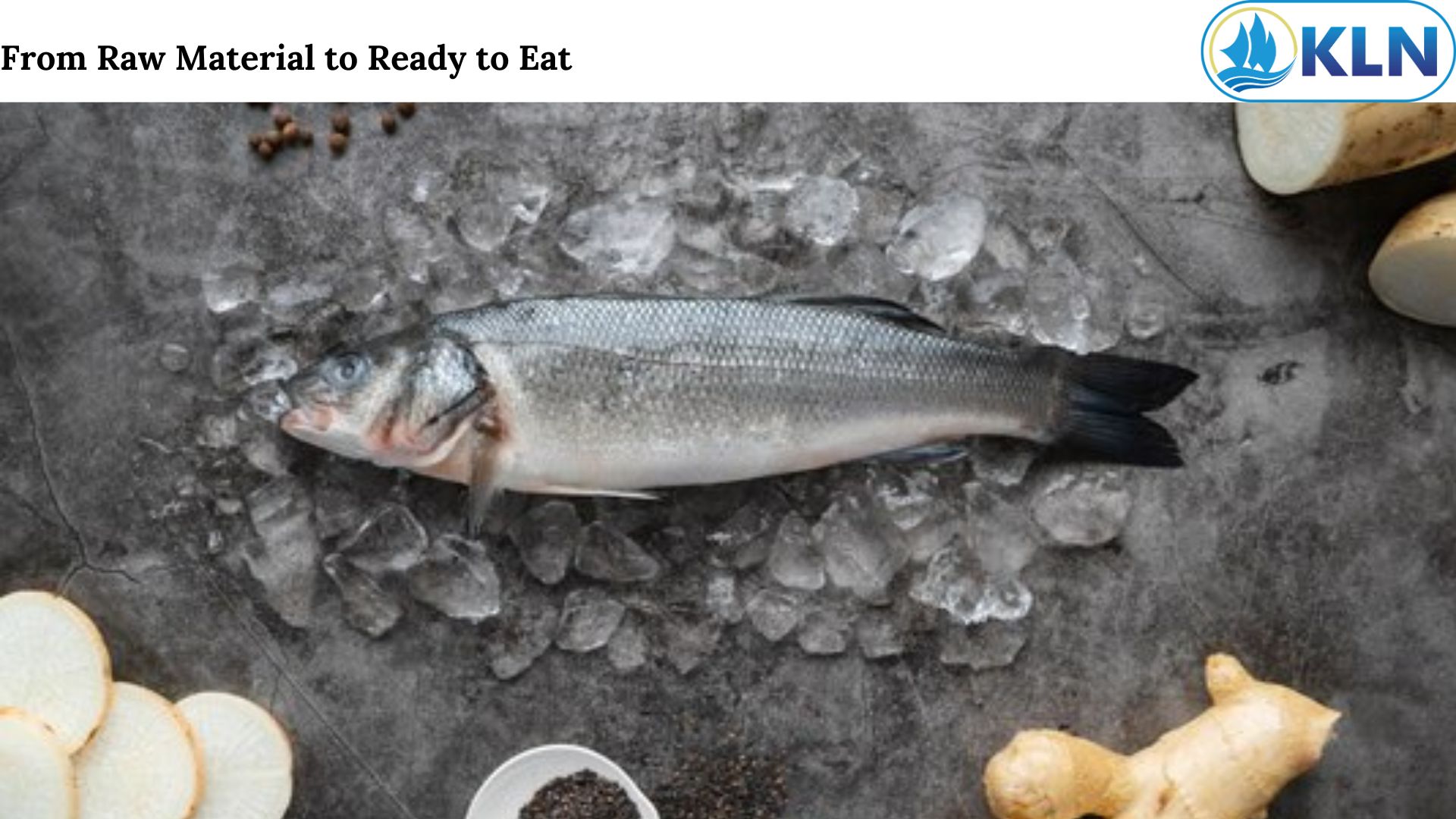
Fish processing is a key part of the seafood industry, transforming raw fish into ready to eat products. This essential process ensures that fish are safe, high quality, and ready for consumption. Here’s a simplified look at the steps involved:
1. Receiving Raw Materials
The first step is receiving raw fish. Upon arrival, fish are inspected for quality and freshness. This involves checking for signs of spoilage, such as unpleasant odors, discoloration, or a slimy texture. Only fish that pass these quality checks move on to the next stage; any subpar fish are discarded to ensure only the best products reach consumers.
2. Pre Processing and Cleaning
Accepted fish then undergo pre processing. This includes washing to remove dirt, blood, and mucus. Depending on the final product, this stage might involve scaling, gutting, and de heading. For whole fish, gilling (removing gills) and gutting (removing internal organs) are crucial to prevent spoilage and maintain freshness.
3. Filleting and Portioning
Next, the fish are filleted and portioned. Filleting involves removing bones to create boneless cuts of fish. This step requires precision to ensure uniform and bone free fillets. Portioning then divides the fillets into specific sizes and shapes to meet market demands and customer preferences.
4. Quality Control and Inspection
Quality control is vital throughout the process. Checks are performed to ensure that fish meet safety and quality standards. This includes monitoring temperatures, verifying sanitation procedures, and conducting sensory evaluations. Regular inspections help catch any issues early and ensure only high quality products proceed to the next stage.
5. Packaging and Storage
Once processed and inspected, the fish are packaged. Packaging methods, such as vacuum sealing or wrapping, help preserve freshness, extend shelf life, and prevent contamination. After packaging, fish are stored under refrigeration or freezing to maintain quality until they reach consumers.
6. Distribution
The final step is distribution. Processed and packaged fish are transported to retailers, restaurants, and other outlets. Efficient logistics are crucial to keep fish at optimal temperatures during transit and ensure they arrive in the best condition.
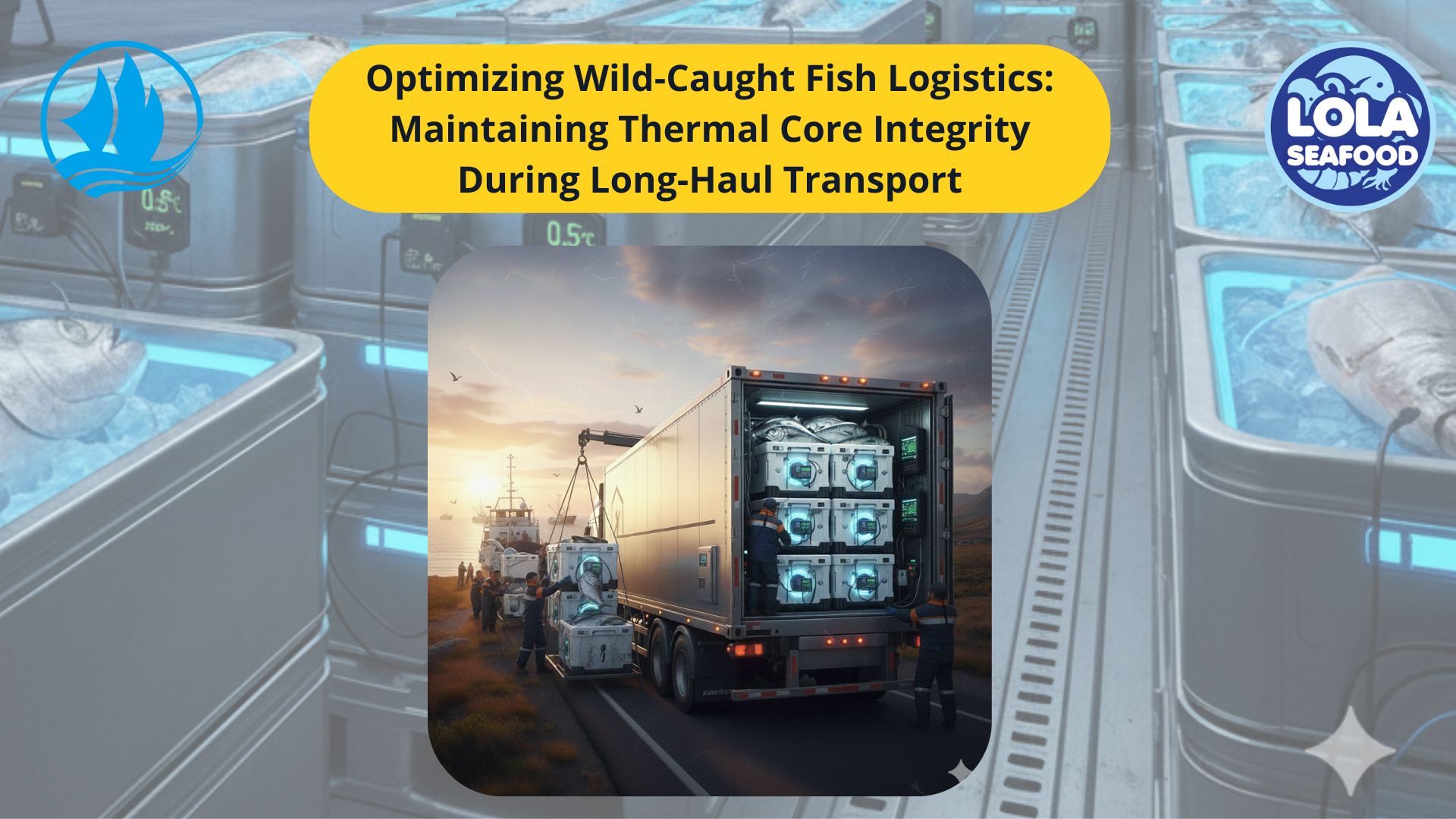
Optimizing Wild-Caught Fish Logistics: Maintaining Thermal Core Integrity During Long-Haul Transport
.jpg)
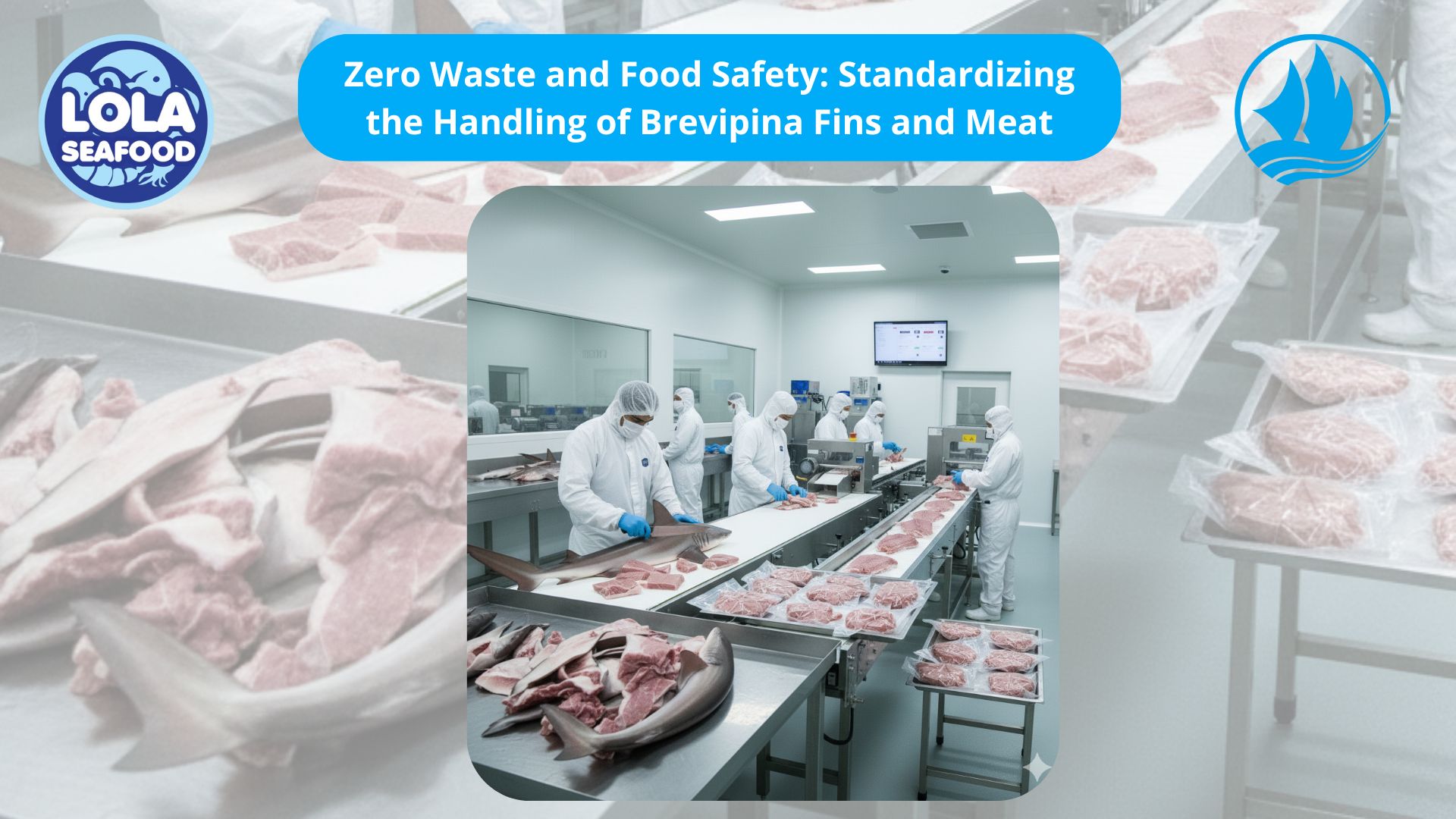
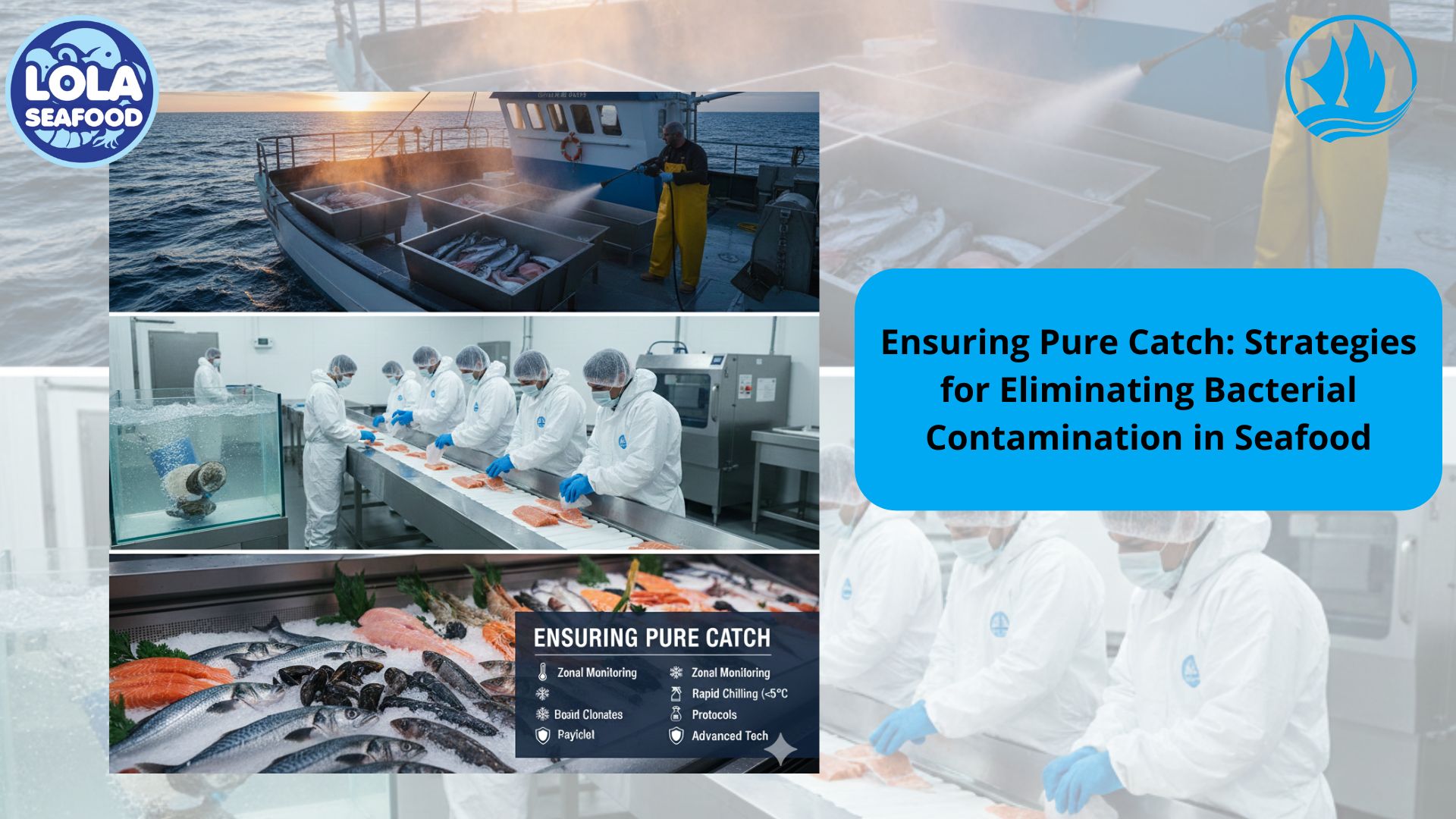
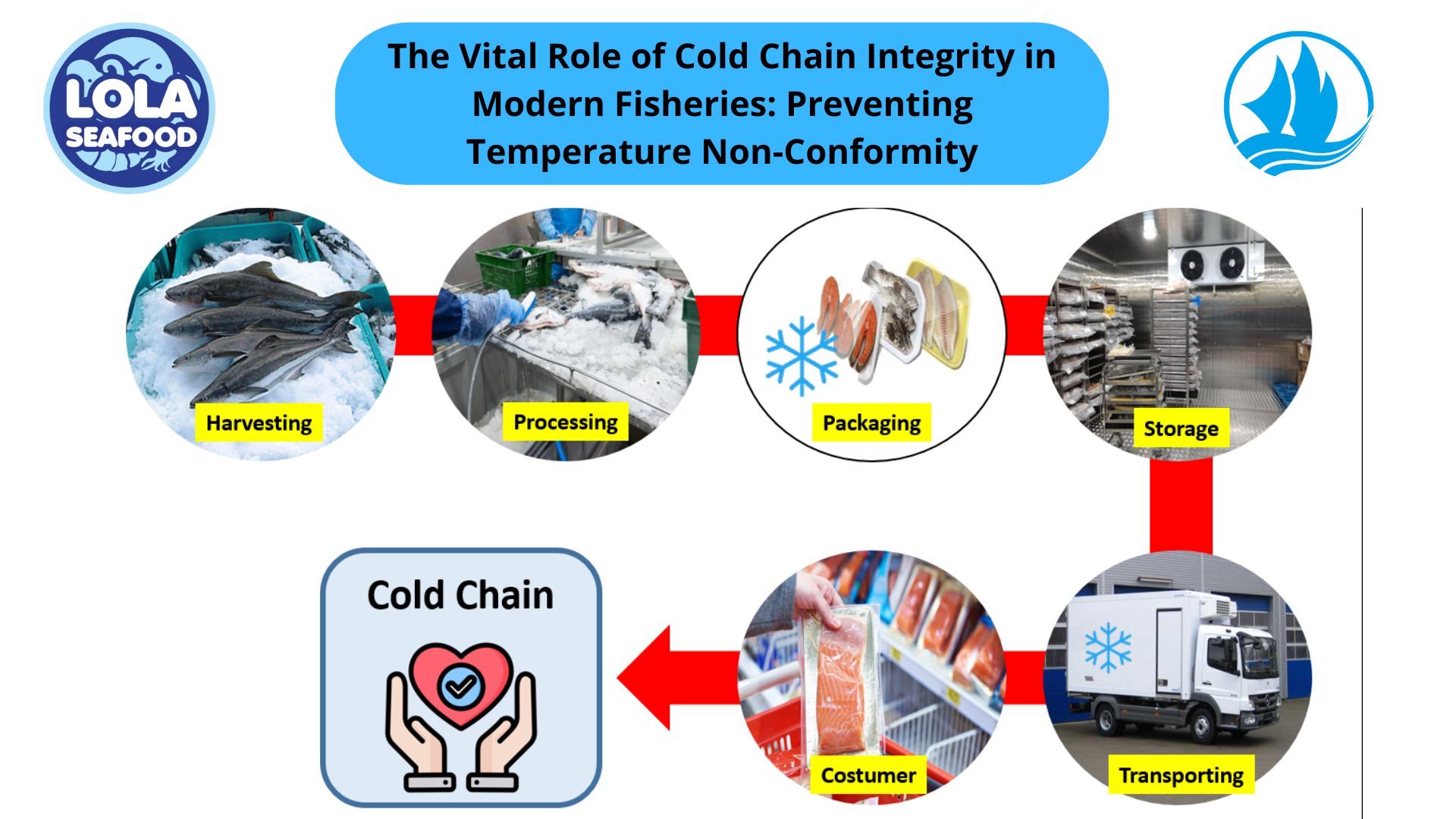
.jpg)

 and Employee Productivity on the Demersal Fish Processing Floor.jpg)
